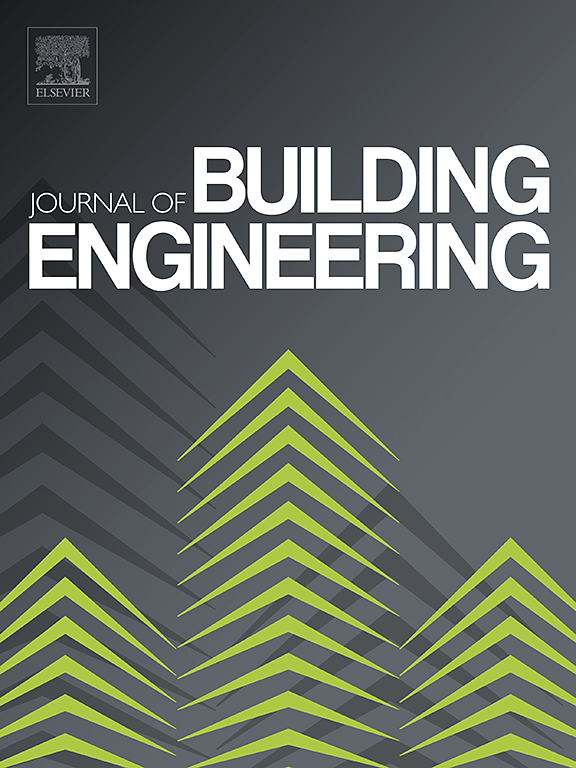An empirical study estimating train-induced airflow rate and its effect on the cooling load of underground stations
IF 6.7
2区 工程技术
Q1 CONSTRUCTION & BUILDING TECHNOLOGY
引用次数: 0
Abstract
Train-induced airflows (TIA) have a considerable effect on the thermal environment and the cooling of underground metro stations (UMSs). However, few studies have specifically examined the relationship between the train arrival time interval and TIA's pattern, as well as the effect of TIA on the actual cooling load of UMSs. Therefore, this study aims to investigate the impact of TIA on the actual cooling load of UMSs using comprehensive measurements, which were designed to investigate the volume of TIA caused by the arrival time interval and the corresponding calculation method. The results showed that the real-time airflow pattern of the TIA was closely related to the arrival time interval. At measured stations, the flow rate curve of the superposition of airflows can be approximated into two types of waveforms according to three arrival time intervals, one is the waveform with a single peak and trough, and the other one is the waveform with double peaks and troughs, which presents more waveforms than previous simulation studies. Moreover, this study presents an improved algorithm for calculating the cooling load caused by TIA and proves its reliability using the tested data. According to the analysis, the cooling load caused by outdoor air volume occupied a larger proportion of the total load than that of tunnel air volume. The influence of air infiltration on the cooling load can be seriously underestimated when an engineering algorithm is used. This study provides reference data for ascertaining the characteristics of TIA and the operation optimization of underground station cooling systems.
求助全文
约1分钟内获得全文
求助全文
来源期刊

Journal of building engineering
Engineering-Civil and Structural Engineering
CiteScore
10.00
自引率
12.50%
发文量
1901
审稿时长
35 days
期刊介绍:
The Journal of Building Engineering is an interdisciplinary journal that covers all aspects of science and technology concerned with the whole life cycle of the built environment; from the design phase through to construction, operation, performance, maintenance and its deterioration.
 求助内容:
求助内容: 应助结果提醒方式:
应助结果提醒方式:


